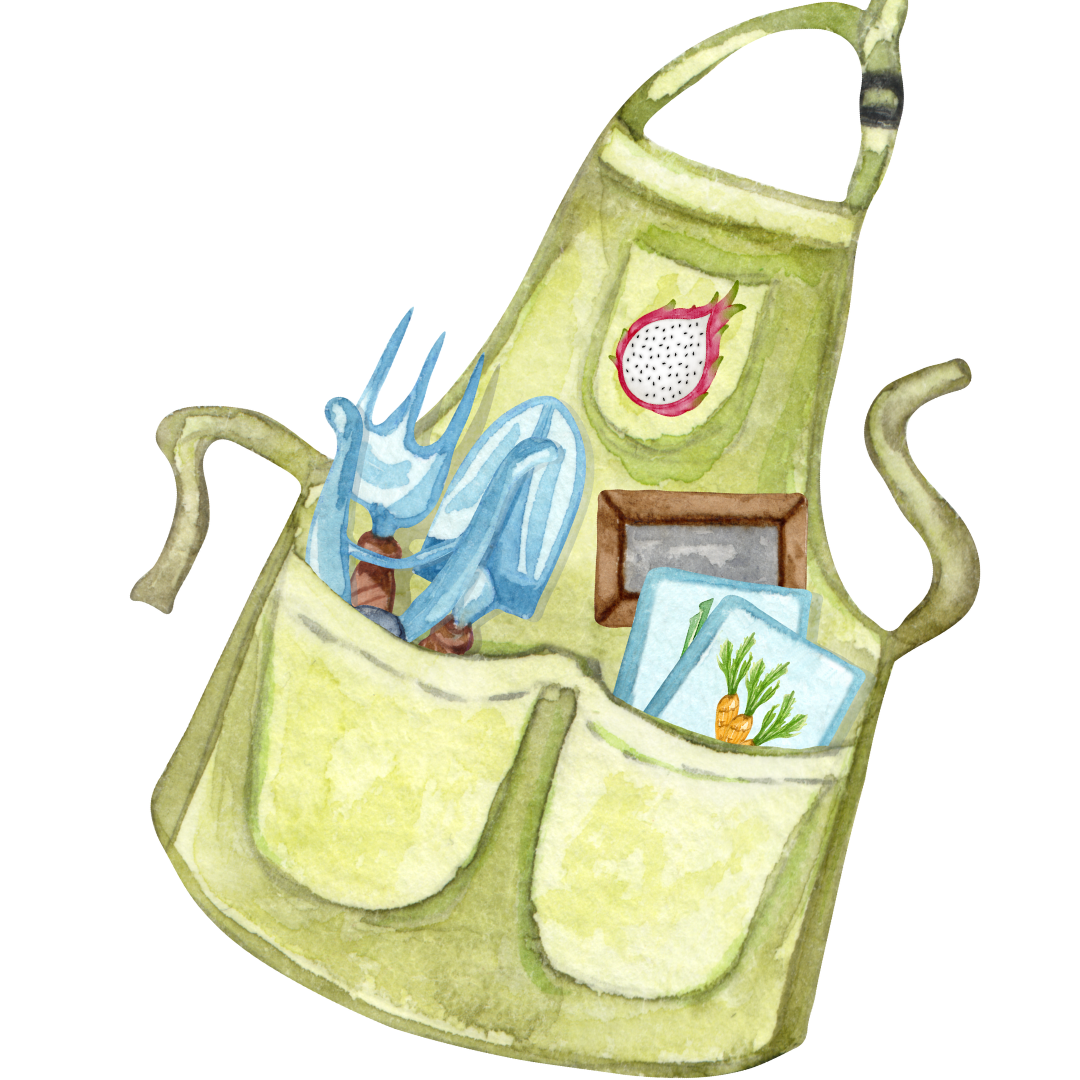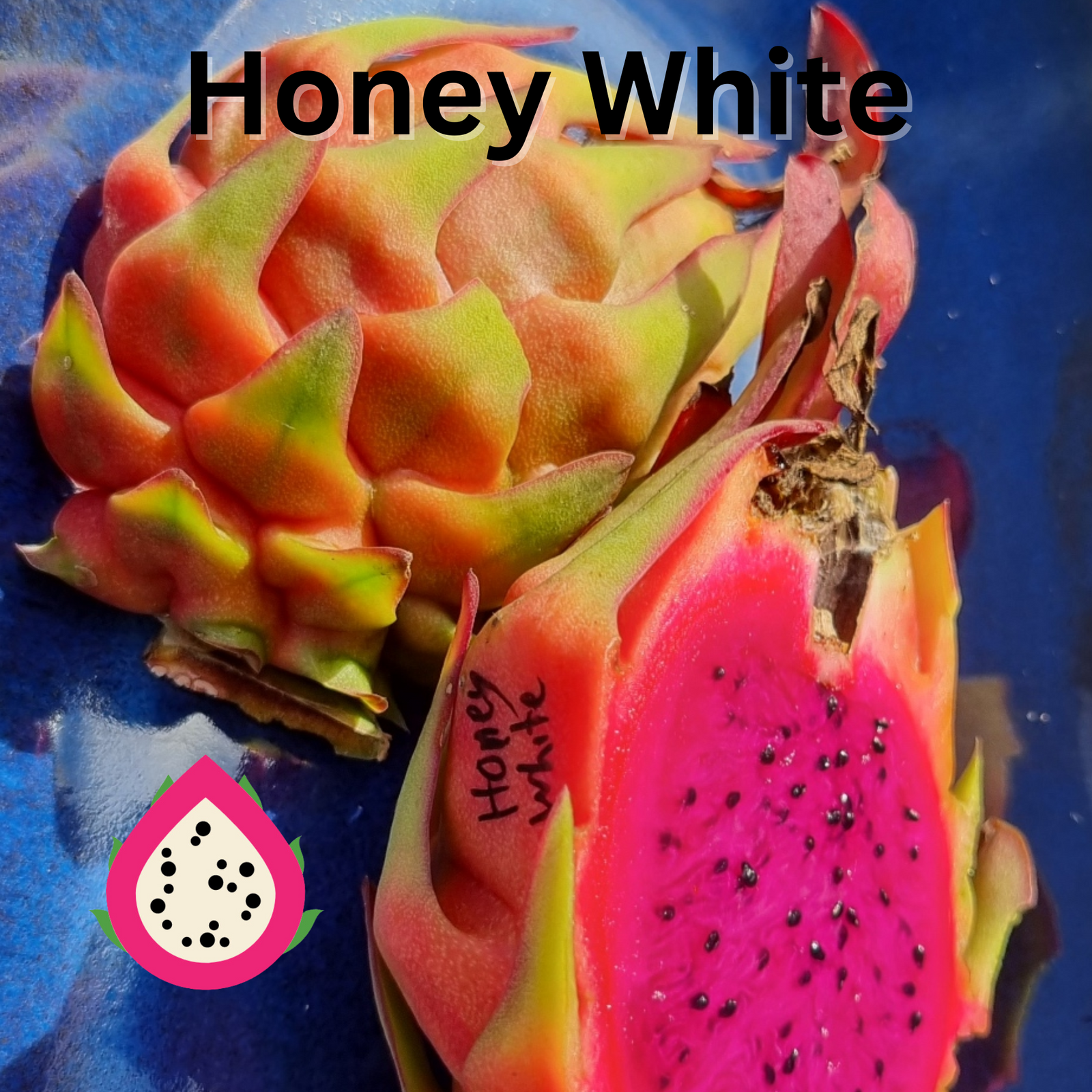Dragon fruit, also known as pitaya, is primarily pollinated by nocturnal creatures, such as moths and bats.

These animals are attracted to the fragrant flowers of the dragon fruit cactus, and during their visits to the flowers, they inadvertently transfer pollen from one flower to another, facilitating the pollination process.
Moths are significant pollinators for dragon fruit.

As they move from one flower to another, they transfer pollen, allowing for fertilization and the subsequent formation of fruit.

The bee in the photo above is not dead he is rolling in all the pollen that has fallen onto the dragon fruit petals. We have movies of this on our Instagram account,
We are always amazed at the hard work and excitement of our bees when the flowers are open and even before they open. The bees will be trying to squeeze there way into the unopen flowers of an afternoon and even in the morning when the flower closes they will wrestle the giant petals to grasp the last collect the last hall of pollen.
Some bees get home late! We have witnessed bees coming home late at 7-9 pm. They don't always stop once the sun goes down.

Just for you information pollen is like the protein for bees and is stored inside the hive for when food source are low.

Australian native also love to visit dragon fruit flowers.
Some grower insist that natural pollinators are not equipped to pollenate dragon fruit both self fertile and self sterile. But in our experience and by working with commercial growers we know of farm that do not hand pollenate at all. These farm do get self sterile and self fertile varieties to set fruit with no human intervention
I do though agree hand pollination will help improve your chances the dragon fruit to set fruit.
Especially when mother nature does not provide the right environment on the day your dragon fruit flowers open eg. strong wind, cloudy with the threat of rain, rain and storms. Hand pollenating is your dragon fruit is best chance of fruit set in these circumstances.
Companion planting flowers will also help to attack insects. Try sun hemp, dogbane, sunflower, Pidgeon pea, lavender, basil and more.
Lights can also attack insects so placing solar lights around your dragon fruit plant will increase insects.
Plant as many varieties of dragon fruit as you can.
It's worth noting that in some agricultural settings where dragon fruit is cultivated intensively, hand pollination may be carried out to ensure higher fruit yields and quality. However, in the wild or in more extensive cultivation areas, moths and bats are the primary pollinators of dragon fruit.
Other blogs that may help-







